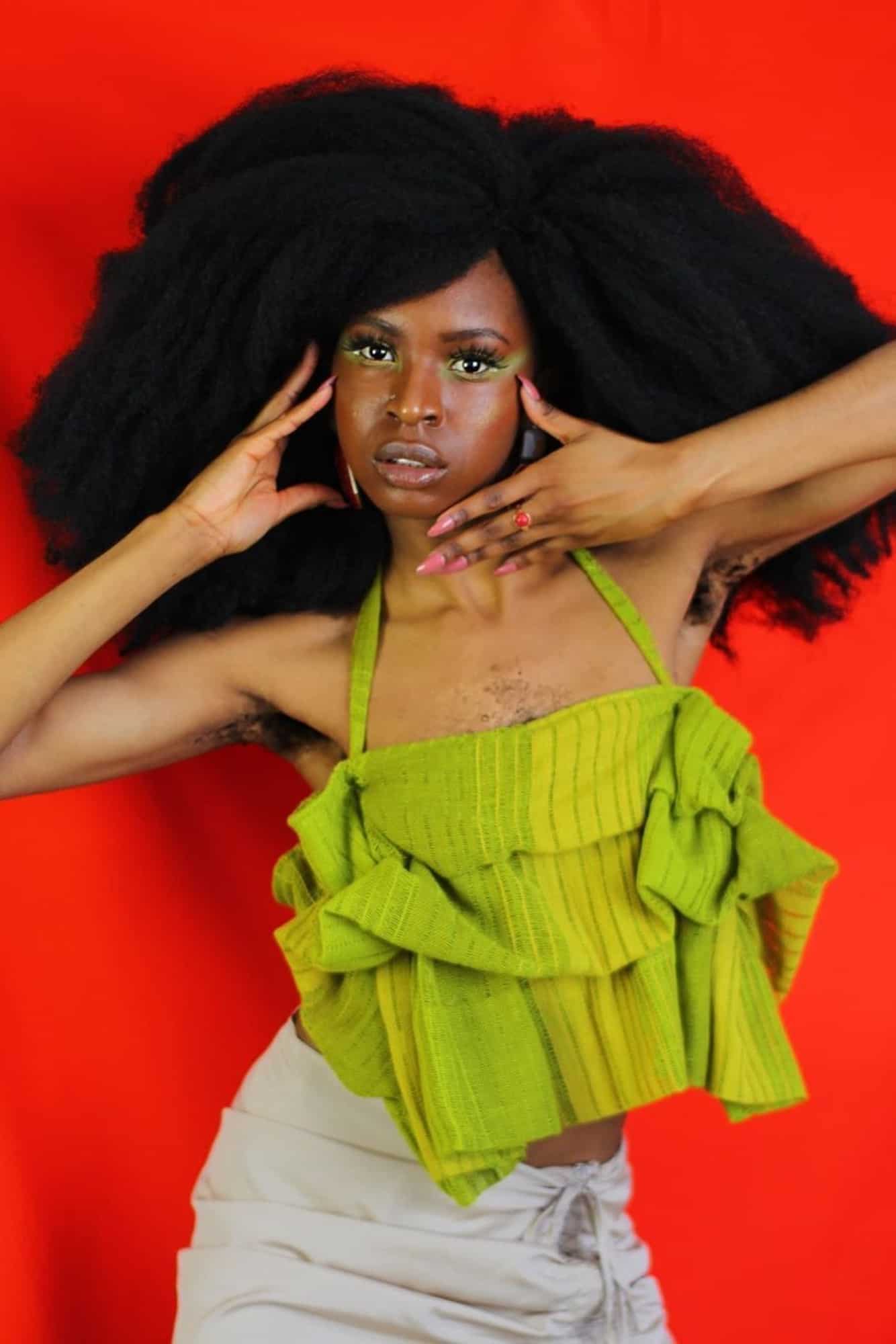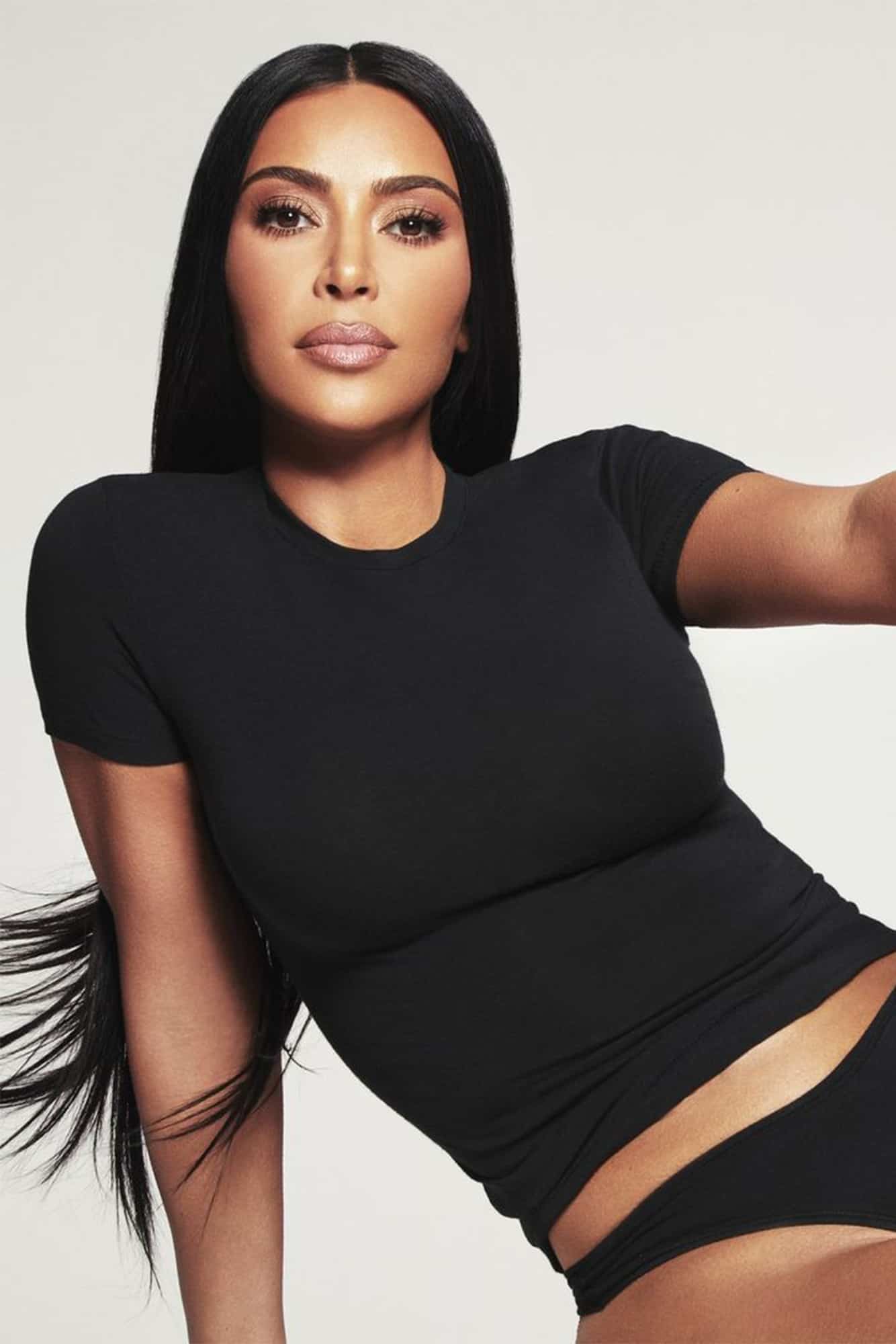The BBL. You’ve heard of it, seen it and most likely have a lot of questions about it. The Brazilian Butt Lift, aka BBL (where liposuction removes fat from one part of the body which is then injected back into the buttocks to make it look fuller), has dominated social media, celebrity culture and women’s body ideals for the past decade.
However TikTok’s many culture theorists believe it is in a reported demise amid swirling rumours that the Kardashian clan, namely Kim and Khloe – who are widely recognised as pioneering the shift in women’s body shapes from the early 2000s – have had their fat dissolved or removed. So much so, it has sparked a complex debate across the rest of social media too.
Kim Kardashian’s figure has long been dissected online, from the clothes she wears to what filters she may or may not use in her Instagram posts. One notable moment was when she appeared nude in the winter edition of Paper magazine in 2014. The picture quite literally broke the internet, and her body shape became the blueprint.
You may also like
A scroll through social media will present similar body types too, a small waist, wide hips and round bottom. While on Instagram BBL culture proliferates through fast fashion brand models and influencers, on TikTok, it’s become a place to pull back the curtain and unveil the dangerous surgery – BBL surgery has a fatality rate of 1 in 3,000 – and the gruelling, and often excruciating aftermath.
Users began sharing their personal journey with BBL surgery, ranging from hospital stays, the process of changing bandages and the types of food they can and can’t eat following the procedure and of course, the final result. #bbl now has 6.3 billion views on TikTok and 1.9 million on Instagram.
These TikToks triggered a discussion about the toxicity surrounding BBLs and the lengths young women were going to in order to meet the changing beauty standards. Youtuber Miss R Fabulous has shared several videos on her channel, urging young girls and women to stay away from the dangerous procedure. She revealed she now has a botched thigh, and side effects she will live with for the rest of her life after undergoing a BBL. She also said that some doctors are not transparent about the risks that can occur after undergoing a BBL and her goal is to now encourage women not to get influenced by social media body standards as she campaigns for the regulations around BBL to be stricter.
BBLs have also been routinely criticised for taking the natural body shapes of Black and Latina women and adopting them to fit current trends, then discarding them once they are no longer considered desirable. Throughout history, different body types have been deemed to be en vogue, and we know, just like fashion trends, there is always an expiry date.
US-based TikTok fitness creator Cassey Ho shared a video last month detailing the journey of what the ‘perfect body’ has looked like through history, by editing herself to look like the aesthetics of the time. It was a fascinating insight into how quickly body types are deemed ‘desirable’ and within the space of a decade can dramatically change.
She started with the BBL body that emerged from 2012 until late 2021, then described the thigh gap phase which occurred in the 2000s and the toxicity of diet culture. This was followed by the 90s, when thin was in – often described as ‘Heroin Chic’. She also referenced what the ideal body type would look like during the 1400s to the 1700s, which was plump with a large stomach and ample hips, which differentiated the poor and the wealthy.
@blogilates So can we stop treating our bodies like fast fashion k thx #beautystandard
When a body shape is no longer in the ascendancy, we fail to acknowledge who this affects and what message this sends. Black women genetically have curvier bodies, and so the demise of the BBL also sends a message that Black women’s bodies are less worthy. It also plays into a continued problem online with black creators failing to be credited for starting trends, dance crazes and viral audios. TikToker Usim Mang is behind of the most viral TikTok sounds in the pandemic, Alors On Danse, but he has since stated he did not receive any credit for creating the trend, sparking a discussion online about how black culture is desirable but the community that comes with it is not.
It is clear that ‘body types’ must not be used as a trend as it sets an unhealthy precedent for young people, and as we’ve seen with the rise in BBL procedures, it has caused Black women to wonder where they stand in the beauty standard conversation. It’s also a lesson for brands to be mindful of what influencers they work with and what role they have in promoting confusing body image messages. It’s why inclusivity is integral – without drastic plastic surgery, women can’t all have the same body types when it’s in fashion, then move onto the next trend without a second thought. Embracing varying body types within fashion and lifestyle campaigns is a must.
By Nyima Jobe, junior staff writer at CORQ. Picture credit: Kim Kardashian via Instagram










